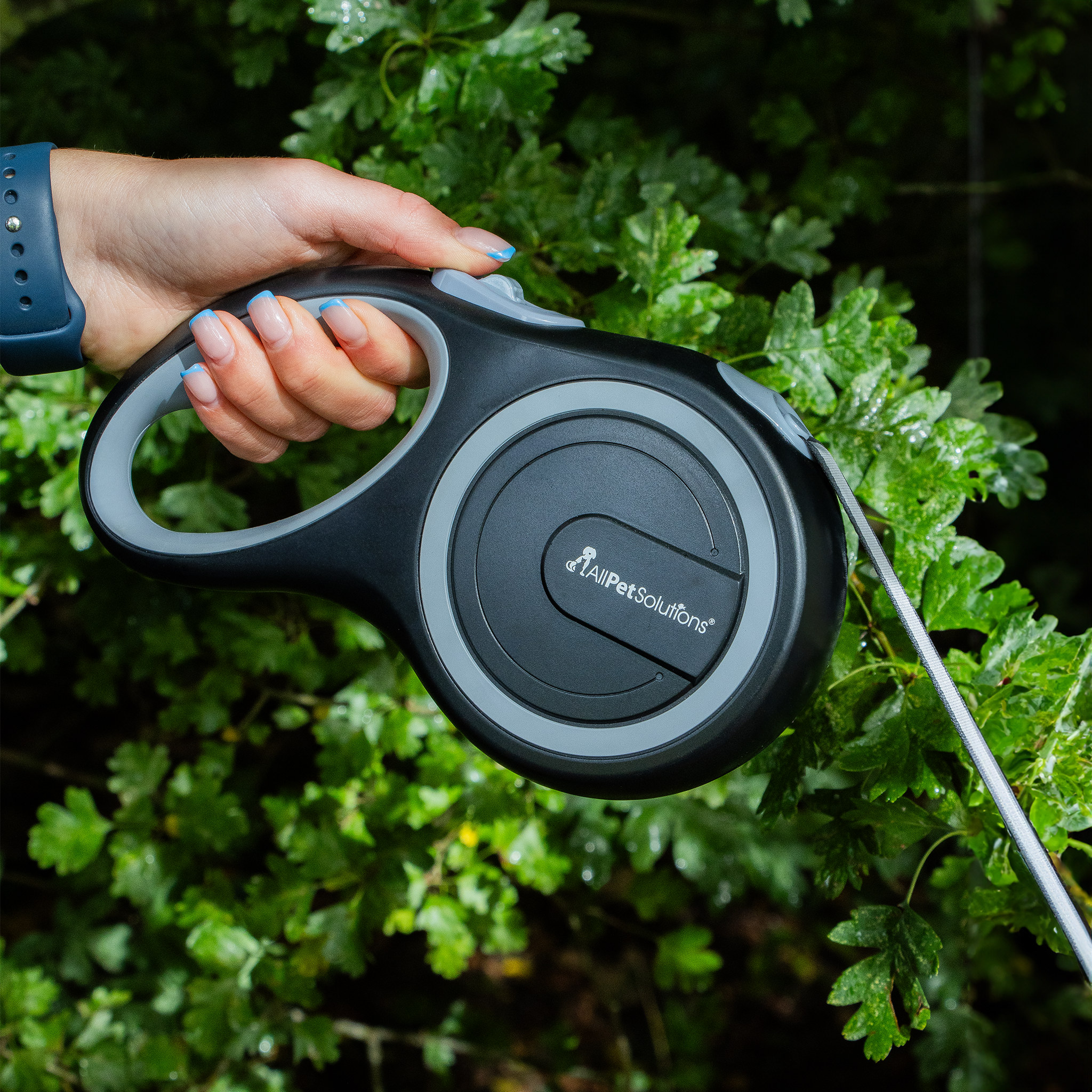Popular Plants & Flowers That Are Poisonous to Cats
Cats love to climb and explore which means that they are exposed to plenty of plants they might decide to nibble on out of curiosity. There are a number of plants that are toxic to cats and should be kept away from them if possible. Whilst you might not want to remove these plants from your garden, it is important to know what to do if you spot signs of your cat having consumed any.
The following is a listing of plants that are toxic to cats, as well as the most commonly encountered toxic plants:
- Amaryllis (Amaryllis sp.)
- Autumn Crocus (Colchicum autumnale)
- Azaleas and Rhododendrons (Rhododendron sp.)
- Castor Bean (Ricinus communis)
- Chrysanthemum (Chrysanthemum sp.)
- Cyclamen (Cyclamen sp.)
- English Ivy (Hedera helix)
- Kalanchoe (Kalanchoe sp.)
- Lilies (Lilium sp.)
- Marijuana (Cannabis sativa)
- Oleander (Nerium oleander)
- Peace Lily (Spathiphyllum sp.)
- Pothos (Epipremnum aureum)
- Sago Palm (Cycas revoluta)
- Spanish thyme (Coleus ampoinicus)
- Tulip and Narcissus bulbs (Tulipa and Narcissus sp.)
- Yew (Taxus sp.)
How to spot whether your cat has consumed a toxic plant
Many plants are irritants and can cause issues for your cat’s stomach. The most common symptoms are:
- Difficulty breathing
- Drooling or difficulty swallowing
- Vomiting
- Diarrhoea
- Excessive drinking and urinating
- Fast, slow or irregular heartbeat
Immediate care if symptoms are spotted
If you see your cat eating one of these plants or you suspect they have within 1-2 hours take the following steps before taking them to the vets:
- Remove any plant material from their hair and skin
- Wash them with warm water to remove any harmful particles
- Identify the plant as it is important for deciding which treatment your cat needs. If you don’t know what the plant is called, take some to the vets with you to show them.

